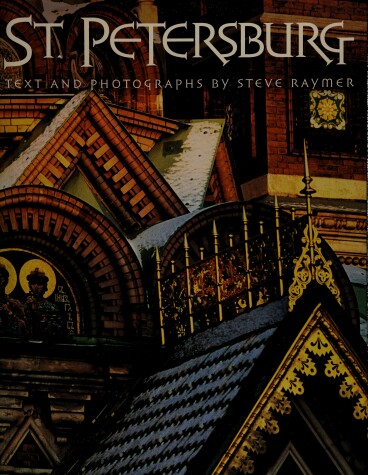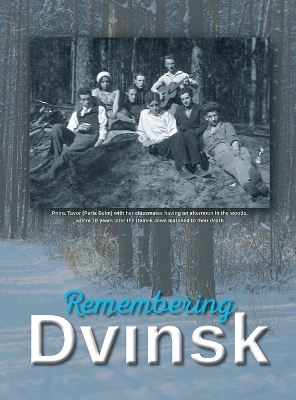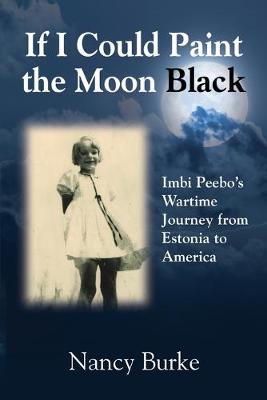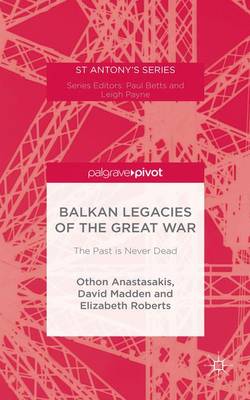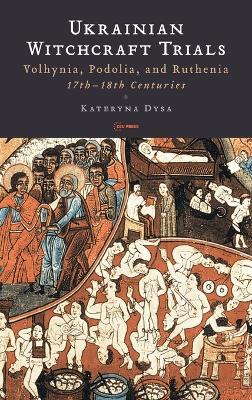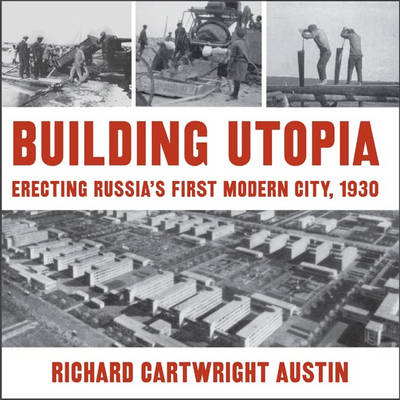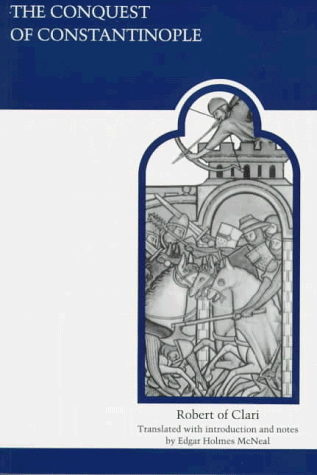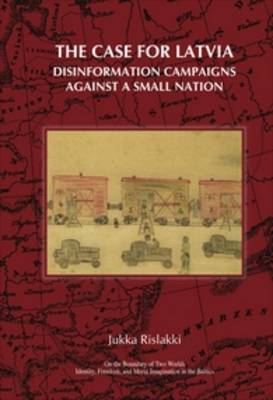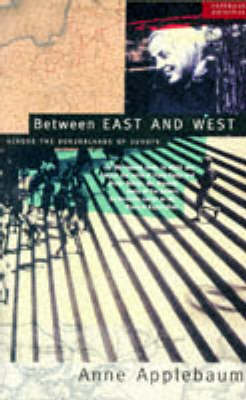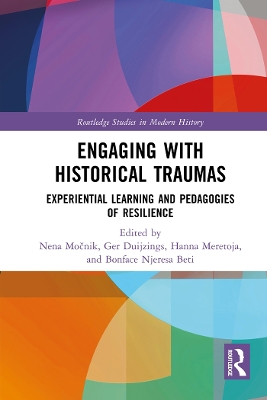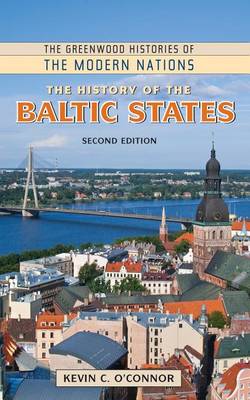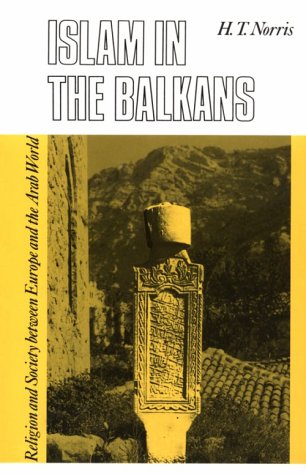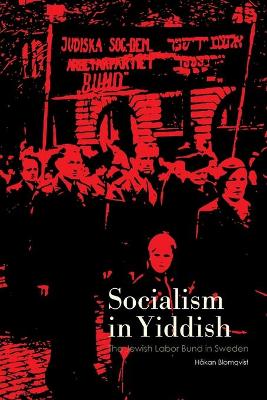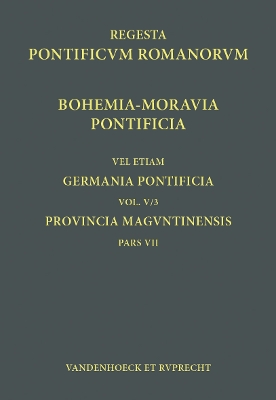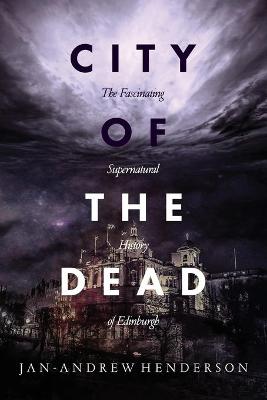Balkan Legacies of the Great War (St Antony's)
This is a rich yet succinct account of an underexplored story: the consequences of the Great War for the region which ignited it. It offers a fascinating tapestry: the collapse of Empires, the birth of Turkey and Yugoslavia, Greece as both victor and loser, Bulgaria's humiliating defeat; bitter memories, forced migrations, territorial implications and collective national amnesias. The legacies live on. The contributions in this volume significantly enhance the debate about how the Great War is...
The ideological background of the tribunals is studied on the basis of works written by priests and theologians, reflecting the attitude of spiritual authorities towards the devil and witches. The main focus of work, however, is the process of shaping witchcraft accusations. Narratives of the participants of the trials tell stories of bewitchment and help shed light on the situation that led people to state their suspicions and later their accusations of witchcraft. Finally, the micro-history ap...
Building Utopia
Perhaps the most challenging project under Joseph Stalin's first five-year plan was the race to build Europe's largest automobile factory and an adjacent city in eighteen months. The site chosen was Nizhny Novgorod, later named Gorky, near the Volga River, 500 miles east of Moscow. To design and construct both factory and city, Soviet officials approached the premier industrial builder in America, the Austin Company of Cleveland, Ohio. The Austin Company was an innovative designer and builder as...
The Conquest of Constantinople (Mediaeval Academy Reprints for Teaching, v. 36) (Records of Western Civilization)
by Robert of Clari
In His Own Words, Without Partisan Bias or Self-glorification, Robert of Clari recorded his observations of the Fourth Crusade as an eyewitness and participant caught up by events, rather than making them. Recording the events of the journey, as well as the sights, miracles, and people that he saw, the account is an important historical and literary, as well as human document.'Among the many remarkable episodes of the crusading age, perhaps the most astounding was the exploit of those French kni...
The Social Construction of Man, the State, and War is the fist book on conflict in the former Yugoslavia to look seriously at the issue of ethnic identity, rather than treating it as a given, an unquestionable variable. Combining detailed analysis with a close reading of historical narratives, documentary evidence, and first-hand interviews conducted in the former Yugoslavia, Wilmer sheds new light on how ethnic identity is constructed, and what that means for the future of peace and sovereignty...
When President Clinton sent Richard Holbrooke to Bosnia as America's chief negotiator in late 1995, he took a gamble that would eventually redefine his presidency. But there was no saying then, at the height of the war, that Holbrooke's mission would succeed. The odds were strongly against it. As passionate as he was controversial, Holbrooke believed that the only way to bring peace to the Balkans was through a complex blend of American leadership, aggressive and creative diplomacy, and...
What do we know about Latvia and the Latvians? A Baltic (not Balkan) nation that emerged from fifty years under the Soviet Union - interrupted by a brief but brutal Nazi-German occupation and a devastating war - now a member of the European Union and NATO. Yes, but what else? Relentless accusations keep appearing, especially in Russian media, often repeated in the West: "Latvian soldiers single-handedly saved Lenin's revolution in 1917", "Latvians killed Tsar Nikolai II and the Royal family", "L...
For 1000 years, the geography of Europe's borderlands has dictated their destiny. East of Poland, west of Russia, the region has always been defined by colliding empires. Travelling from Lithuania, Belarus and Ukraine, from Kalingrad on the Baltic to Odessa on the Black Sea, this book discovers a range of competing cultures, religions and nationalisms. In surprising encounters and characters, the author shows the shaping power of the past through the experiences of the borderlands people.
The fascist Ustasha regime and its militias carried out a ruthless campaign of ethnic cleansing that killed an estimated half million Serbs, Jews, and Gypsies, and ended only with the defeat of the Axis powers in World War II. In Visions of Annihilation, Rory Yeomans analyzes the Ustasha movement's use of culture to appeal to radical nationalist sentiments and legitimize its genocidal policies. He shows how the movement attempted to mobilize poets, novelists, filmmakers, visual artists, and inte...
This first US publication of Knuts Skujenieks one of Latvia's foremost contemporary poets is the author's most important and widely-translated body of work. Convicted in 1962 of anti-Soviet sentiment, Skujenieks wrote these poems during seven years of imprisonment at a labor camp in Mordovia. Vivid and expressive, this collection overcomes the physical experience of confinement in order to assert a limitless creative freedom.A Love PoemI would like clarity. To excludeA relationship's tangled yar...
Engaging with Historical Traumas (Routledge Studies in Modern History)
This book provides case-studies of how teachers and practitioners have attempted to develop more effective ‘experiential learning’ strategies in order to better equip students for their voluntary engagements in communities, working for sustainable peace and a tolerant society free of discrimination. All chapters revolve around this central theme, testing and trying various paradigms and experimenting with different practices, in a wide range of geographical and historical arenas. They demonstra...
The History of the Baltic States, 2nd Edition (Greenwood Histories of the Modern Nations (Hardcover))
by Kevin C O'Connor
First published in Lithuania in 1999, this book received very wide critical acclaim and is now considered one of the seminal works on Lithuanian Jewry during the Holocaust period. Co-published with the Holocaust Centre of Toronto, UJA Federation
Bohemia-Moravia Pontificia
Dieser neue Teilband der "Regesta Ponificum Romanorum" gilt dem Zeitraum vom neunten Jahrhundert bis zum Jahr 1198. Er rA"ckt die Beziehungen des Papsttums zu den historischen Landschaften BAhmen und MAhren, den beiden BistA"mern Prag und OlmA"tz sowie allen anderen bAhmisch-mAhrischen Institutionen in den Vordergrund, soweit sie sich heute noch erschlieAen lassen. Da die beiden BistA"mer Prag und OlmA"tz auch SuffraganbistA"mer der Mainzer ErzbischAfe waren, leistet der Band auch einen Beitrag...

